Digital Poster
Motion-Robust Cardiac/Abdominal Imaging
ISMRM & ISMRT Annual Meeting & Exhibition • 10-15 May 2025 • Honolulu, Hawai'i

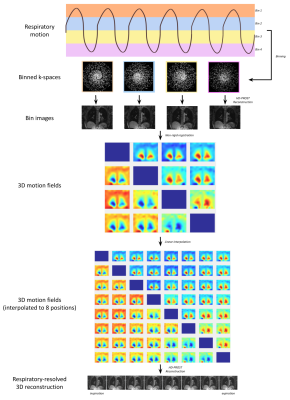 |
Computer Number: 1
4586. Free-breathing
respiratory-resolved 3D Lung Vasculature MRI at 0.55T with
non-rigid motion-corrected reconstruction
P. Pino, C. Prieto, R. Botnar
iHEALTH - Millennium Institute for Intelligent Healthcare Engineering, Santiago, Chile
Impact: 3D respiratory-resolved lung images at 0.55T may
enable diagnostic capabilities across respiratory phases.
|
|
 |
Computer Number: 2
4587. Towards
real-time bulk-motion detection in cardiac MRI
M. Mueller, L. Romanin, C. Roy, R. Ferincz, M. Stuber
Siemens Healthineers, Lausanne, Switzerland
Impact: When implemented inline on the MRI scanner, the
proposed bulk-motion detection framework can prevent
inefficient workflows and compromised diagnostic image
quality. Real-time bulk-motion detection paves the way for
an automated prospective adaptation of MRI sequence
parameters on the fly.
|
|
 |
Computer Number: 3
4588. Fetal
4D flow bulk motion estimation – k-space versus image-based
surrogates
E. Schrauben, R. Tompkins, E. Englund, T. Fujiwara, L.
Browne, P. van Ooij, A. Barker
Amsterdam UMC, Amsterdam, Netherlands
Impact: Automating detection of fetal bulk motion over
longer (e.g. 4D flow) scans allows for more robust motion
rejection.
|
|
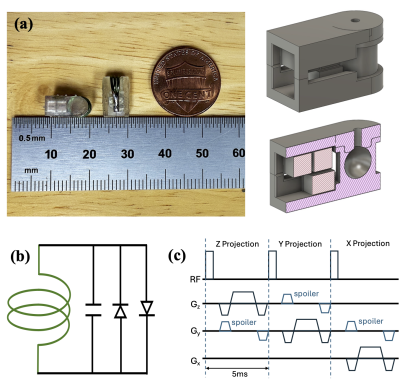 |
Computer Number: 4
4589. How
to Print Your Marker: an Open-Source, Easy-to-Make, Compact
Active Wireless Marker for Motion Tracking
A. De Goyeneche, J. Maravilla, K. Gopalan, A. Falk, S. Yu,
C. Liu, M. Lustig
UC Berkeley, Berkeley, United States
Impact: We introduce a compact, open-source 3D-printed
wireless marker for localization applications, such as bulk
motion tracking or external device tracking. We hope that
the ease of construction and reproducibility will help
facilitate its adoption by researchers and in clinical
applications.
|
|
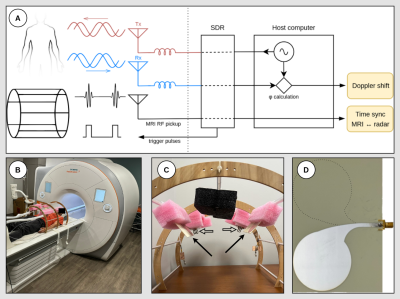 |
Computer Number: 5
4590. Motion
detection using Doppler radar: Towards subject- and
organ-specific motion correction
C. Maier, E. Solomon, G. Verghese, H. Chandarana, K. T.
Block, L. Alon
NYU Grossman School of Medicine, New York, United States
Impact: Radar is a powerful tool for sensing motion. The
independence from the MRI receive chain and frequency range
offers advantages for detecting diverse types of motion
across MR applications, body regions, and possibly even
outside the scanner during interventional procedures.
|
|
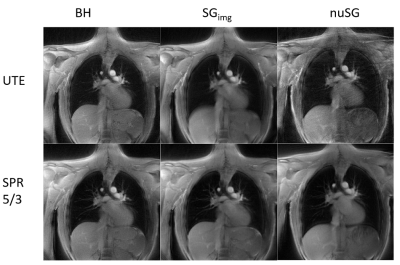 |
Computer Number: 6
4591. Non-Uniform
Self-Gating for 2D Lung Imaging using Single Petal Rosette
Trajectory
H. Frantz, F. Bschorr, T. Speidel, V. Rasche
Ulm University Hospital, Ulm, Germany
Impact: This abstract presents the suitability of the
non-uniform self-gating approach for 2D lung imaging using
single petal rosette trajectory.
|
|
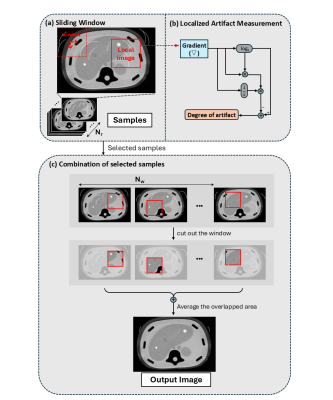 |
Computer Number: 7
4592. Robust
Free-breathing Abdominal Fast Spin-Echo MRI Enabled by Improved
Repeated k-t-subsampling and Artifact Minimization (iReKAM)
Y. Li, L. Liang, S. Chen, X. Xu, C. Yuan, H. Xiong, T. Liu,
M-L Chu, H-W Chung, N-K Chen, H-C Chang
The Chinese University of Hong Kong, Hong Kong, China
Impact: iReKAM can enhance motion compensation
performance in free-breathing abdominal T2-weighted MRI,
resulting in higher robustness and image quality. This
improvement is particularly beneficial for accurate
diagnosis, as it can enable higher-quality free-breathing
imaging for challenging patients.
|
|
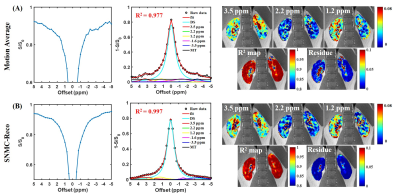 |
Computer Number: 8
4593. Self-navigated
motion-correction renal CEST-MRI (SNMC-CEST) under free
breathing on 3 T
Q. Tao, Z. Chen, W. Zhang, Y. Zhang, Y. Xu, Y. Feng
Department of Rehabilitation Medicine, Zhujiang Hospital, Southern Medical University, Guangzhou, China
Impact: This study may provide a stable renal CEST-MRI
method for patients with nephropathy under free breathing,
and improving the accuracy of injury detection.
|
|
 |
Computer Number: 9
4594. Vendor-Neutral,
Free-Breathing Fat Quantification Demonstrates Low Bias and High
Reproducibility Across Centers at 0.55T, 1.5T, and 3T
J. Tang, D. Tamada, S. Fujita, P. Xu, C. Keen, I. A. Shaik,
E. Milshteyn, S. Yee, A. Ellison, D. Rutkowski, J. Brittain,
W. Grissom, M. Zaitsev, S. Reeder, Y. Rathi, Y. Jiang, B.
Bilgic, J-F Nielsen, D. Hernando
University of Wisconsin-Madison, Madison, United States
Impact: The strong performance of Pulseq-FAM may enable
broader access to free-breathing fat quantification in more
vendors and systems. Pulseq-FAM may be used in future
studies, such as multi-center clinical trials, which desire
harmonization of sequences.
|
|
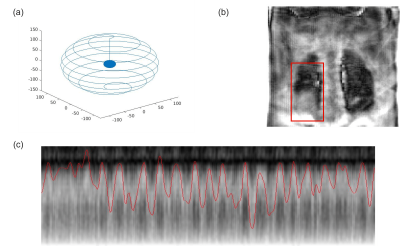 |
Computer Number: 10
4595. Motion-aware
deep learning reconstruction for accelerated free-breathing ZTE
lung MRI
E. Qian, V. Murray, A. Mekhanik, J. Arcos, F. Wiesinger, R.
Otazo
Memorial Sloan Kettering Cancer Center, New York, United States
Impact: Deep learning motion-aware reconstruction of ZTE
imaging enables accelerated motion-robust acquisition, which
has the potential to promote the use of lung MRI in clinical
practice.
|
|
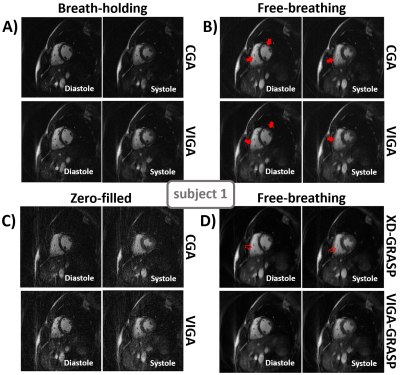 |
Computer Number: 11
4596. Robust
Respiratory Motion-Resolved Cardiac Cine Imaging with Variable
Initial Value-based Tiny Golden-Angle Radial Trajectory
J. Hu, X. Hao, H. Zhang, Y. Ji, L. Chen, B. Qiu
University of Science and Technology of China, Hefei, China
Impact: The proposed novel cardiac cine imaging fully
eliminates the requirement of breath-holding, allowing
patients to breathe freely throughout the scan. This greatly
improves comfort and robustness, making the entire scanning
process more patient-friendly and reliable.
|
|
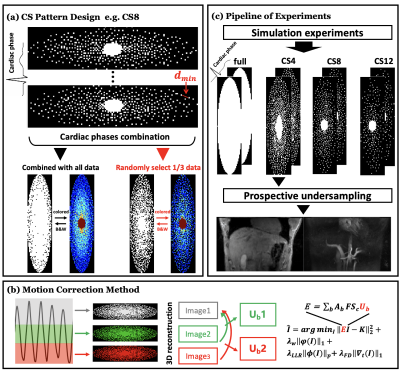 |
Computer Number: 12
4597. Highly
Accelerated Abdominal 4D Flow at 5.0T: A Feasibility Study
R. Cao, S. Li, A. Sun, H. Zhang, B. Wang, J. Hu, N. Yang, J.
Zhu, X. Zhang, J. Yuan, H. Wang, H. Li
Institute of Science and Technology for Brain-Inspired Intelligence, Fudan University, Shanghai, China
Impact: This study demonstrated the feasibility of
highly accelerated abdominal 4D flow imaging at 5.0T. With
an optimized sampling pattern and motion-corrected
reconstruction, it enables motion-resilient, free-breathing
imaging for clinical abdominal vascular assessment within
acceptable scan times.
|
|
 |
Computer Number: 13
4598. Five-dimensional
cardiac MRI in one minute using the CMR-MOTUS framework on a 1.5
T MR-Linac
M. Terpstra, T. Olausson, C. A. van den Berg, A. Sbrizzi, M.
Fast
UMC Utrecht, Utrecht, Netherlands
Impact: Accurate 5D-MRI enables novel planning and
motion mitigation strategies for radiotherapy that could
significantly improve thoracic radiotherapy outcomes.
|
|
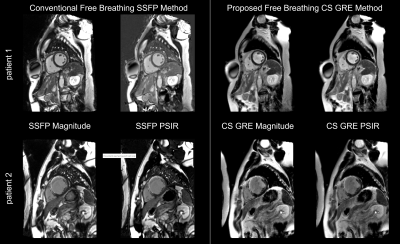 |
Computer Number: 14
4599. High-Resolution
Free Breathing LGE With Cascaded Compressed Sensing, Automatic
Frame Selection and Integrated Motion Correction
W. Rehwald, C. Chevalier, S. Darty, S. Pirela, J. Shelton,
S. Bender, N. Mena, G. Gamoneda, K. Morabito, T. Bonesi
Alvarenga, H. Kim, D. Wendell, R. Kim
Siemens Healthineers, Durham, United States
Impact: The proposed free breathing compressed sensing
GRE LGE technique could enable studying subtle
hyperenhancement concurrent with non-ischemic disease,
sometimes not picked up by SSFP. Patients unable to breath
hold can be included in studies traditionally only feasible
with breath holds.
|
|
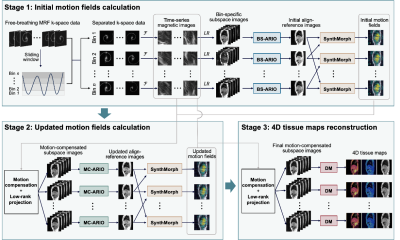 |
Computer Number: 15
4600. An
Ultra-fast Deep Learning motion-compensated method for Abdominal
Four-dimensional Magnetic Resonance Fingerprinting
Reconstruction
L. Wang, C. Liu, W. Liao, D. Zhou, D. Hu, y. Wang, X. Wang,
P. Cao, T. Li, J. Cai
The Hong Kong Polytechnic University, Hong Kong, Hong Kong
Impact: UFDL-4DMRF will provide clinicians with new
insights into the advantages of 4D-MRF for RT. Future work
will focus on developing self-supervised deep learning
models to overcome the limitations posed by the absence of
ground truth data.
|
|
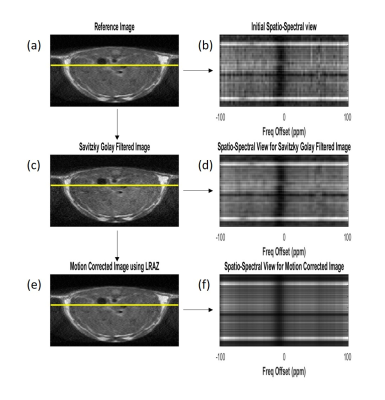 |
Computer Number: 16
4601. Motion-robust
accelerated in-vivo CEST MRI of liver with keyhole k-space
acquisition
Z. Ahasan, M. Shaghaghi, Z. Cai, K. Cai
University of Illinois at Chicago, Chicago, United States
Impact: This novel integration of motion correction
techniques with accelerated acquisition enables
motion-robust CEST imaging in the liver region, advancing
our ability to study hepatic metabolism non-invasively while
significantly reducing scan times in challenging anatomical
regions.
|
The International Society for Magnetic Resonance in Medicine is accredited by the Accreditation Council for Continuing Medical Education to provide continuing medical education for physicians.